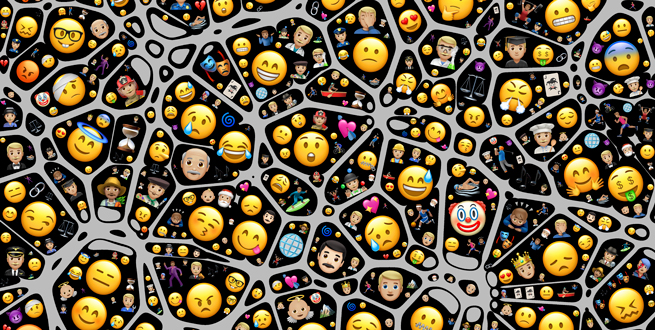Marketers are well aware of the need to better understand their customers and for a good while they have been using geodemographic segmentation quite efficiently. Yet in the recent two decades, customers have started to deviate from the accepted standards of the time.
Before, grouping customers together was pretty easy as the location of a certain group of customers told the entire story of what they want or what they need. Along came the internet and faster and faster the known customers groups have started to detach from the standard attributed to them based on their location. While location remains an important factor even today, it definitely does not tell the full story of what to expect.
If you want to be successful, you have to look elsewhere. You have to gain insight into your customer’s behavior and tendencies, their intent and their reaction, their values and beliefs. It is more data but the results will prove to be far more reliable and the possibilities to tune those for your specific needs are almost limitless.

When trying to understand the customer’s mindset and patterns, there are three elements to consider:
- Demographics: study of a group of people based on common characteristics such as age, gender, income and education.
- Psychographics: study of a group of people based on their expressed attitudes, values, opinions, lifestyles, beliefs and behaviors.
- Sociographics: study of individuals and the way they approach their decision making, their personal needs, their profile, attitudes and passions.
Instead of relying on just one element, today we rely on all three. And all three deliver insights that 20 years ago were still not taken seriously by most ad companies.
For example it is very likely that one segment of the same group of people part of one demographic criteria are extremely interested in discounts, limited time offers, quick buys, etc. So what happened before was that you offered efficiency and limited discounted sales to the entire demographic. Today, another segment part of the same demographic might feel alienated, even annoyed or pressured, when confronted with discounts and limited offers because this group of people loves to take their time and they pay a lot more attention to product information rather than a financial opportunity to own or use something for less. And then there’s a third group and maybe even a fourth group part of the same demographic. One that is interested offers and discounted sales but only if that benefits their schedule. Another that might be interested in quick sales if they can relate or connect with the message.

The way people think is way too complex for demographic studies alone to satisfy the needs of ad agencies and marketers. Neuroscience used in marketing -or neuromarketing- is the already existing and most efficient way of gaining enough information about your customers so that you can attract the appropriate clientele. This is why those surveys from a beverage producing company might include questions which would make you ask yourself “Why would they be interested in that?”.
Thanks to the use of neuroscience and the dedication to better understand the customer mindset, most ad agencies and marketers are now able to develop specific campaigns, tailored to certain criteria, that resonate with customers when and where they are most receptive. It also allows companies to ensure that the products and services they offer are right for their target audience. To make adjustments, improvements and, why not, develop new products and services that can satisfy even better the needs of your customers. Another positive is the ability to align the customer’s mindset with the employee mindset so that customers service experiences function better.

Today, it’s easier than ever to obtain more meaning from all available data and tune our campaigns to the tiniest detail and ultimately, deliver better business outcomes. But it is also our responsibility to use this amazing tool in an appropriate manner, without becoming too invasive and forgetting about the thin line between manipulation and coercive persuasion.

